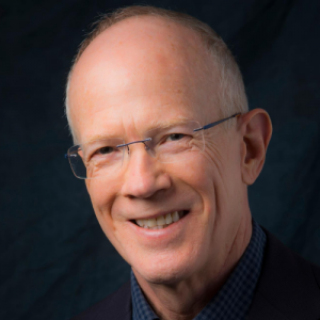Teacher Compensation Parity Policies and State-Funded Pre-K Programs

April 25, 2017
Although the phrase compensation parity policy for preschool teachers may seem clear at first, the term is used in a variety of ways and refers to a range of different policies. All of these policies seek to improve the financial rewards for teaching preschool relative to teaching older children, but they differ in how far they go toward true equality. Policies vary in precisely what is covered by “parity.” Is it total compensation, including retirement and health benefits, or just salary? Does it apply to starting pay only, or do pre-K teachers also move up the same salary schedule with experience? Is equal pay or compensation for the same hours, or do pre-K teachers work longer hours or more days per year for the same pay? Finally, are pre-K teachers compensated equally for additional responsibilities and do they have the same opportunities for on-the-job professional development and other work-life or career benefits? In practice, exactly what is included under compensation parity policy varies greatly state by state.
In this paper, we employ a framework that distinguishes between full compensation parity and other forms of compensation improvement, which are commonly labeled parity but are subtly different. We follow the approach to categorizing parity as developed and explained in detail by Whitebook and McLean. For simplicity, we distinguish between three levels, or tiers, of compensation improvement: parity, partial parity, and sub-parity. Moreover, we identify three components of parity: salary, benefits, and payment for professional responsibilities.
Note that our focus is on state policies that seek to require the compensation of preschool teachers, particularly for those in state-funded pre-K, to be equivalent to that of their counterparts teaching slightly older children in public elementary schools. Sometimes the early childhood field also uses the term “parity” to refer to equalization of pay and benefits within state-funded pre-K programs between teachers in public schools and those in private organizations. This understanding of parity is a subset of the problem that we address and an aspect that we detail in examining state policies. We have not included pay parity for teachers in other private preschool programs, not even those receiving public funds for child care or Head Start, as no state has a stand-alone pay parity policy for such private
programs.
This paper also sets out to provide insight into the current efficacy of parity policy. In practice, a number of states have some form of parity policy, generally focused on salary. Although these states’ salary parity policies differ in aims and scope, we find clear associations between having a state parity policy and pre-K teacher pay.
The Authors
W. Steven (Steve) Barnett is a Board of Governors Professor and the founder and Senior Co-Director of the National Institute for Early Education Research (NIEER) at Rutgers University. Dr. Barnett’s work primarily focuses on public policies regarding early childhood education, child care, and child development.
About NIEER
The National Institute for Early Education Research (NIEER) at the Graduate School of Education, Rutgers University, New Brunswick, NJ, conducts and disseminates independent research and analysis to inform early childhood education policy.

